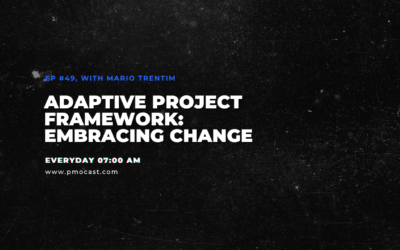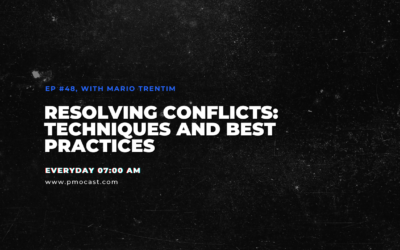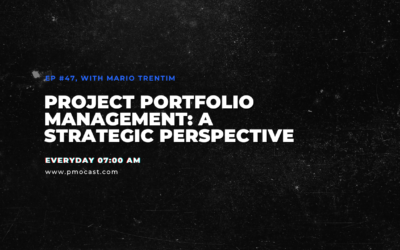Welcome to our comprehensive guide on Resource Management in Project Management. This article aims to help project management professionals plan, acquire, and manage resources efficiently and effectively. So let’s explore how to get the most out of your team and resources to achieve your project objectives.
What is Resource Management?
Resource Management is the efficient and effective planning, allocation, and utilization of resources—ranging from personnel and finances to equipment and technology—available to a project. It’s about ensuring the right resources are at the right place, at the right time, and used in the most effective manner. While this may sound simple, the reality of managing resources in a dynamic project environment can be far more complex.
Planning Resources
The first step in Resource Management is planning. This process involves identifying what resources you need, how many, and when they will be required. This requires an in-depth understanding of the project’s scope and objectives. At this stage, you’ll need to create a Resource Management Plan, outlining your approach to resource planning, acquisition, and management.
For instance, consider that you’re managing a software development project. You’ll need to identify the various roles required such as developers, UX designers, and testers, quantify the number needed, and estimate when they’ll be required in the project timeline. The same applies to non-human resources like software tools, hardware, and workspace.
Acquiring Resources
After planning, you move to the acquisition phase. This involves hiring personnel, purchasing equipment, or procuring services, based on the needs identified in the planning stage. It’s crucial to remember that the acquisition isn’t just about obtaining the resources—it’s about getting the right resources. The quality, skills, and experience of your resources can significantly impact the outcome of your project.
Managing Resources
Once you’ve acquired the necessary resources, the next step is effective management. This involves assigning tasks, monitoring progress, and addressing any issues that arise. At this stage, effective communication is key. Clear, concise, and consistent communication ensures everyone understands their roles, responsibilities, and how they contribute to the project’s overall goals.
Remember, your team is your most valuable resource. Therefore, it’s essential to create an environment where they can excel. This includes providing them with the tools they need, offering training and development opportunities, and fostering a positive, inclusive team culture.
Adapting and Adjusting
Resource management is not a “set it and forget it” process. It involves continually adjusting your plans based on the project’s dynamic nature. Changes in project scope, unanticipated risks, and other factors can quickly alter resource needs. A great project manager is always ready to adapt their resource plan in response to these changes.
Conclusion
Successful Resource Management is a strategic process that goes beyond merely juggling resources. It requires strategic planning, effective communication, adaptability, and a commitment to getting the most from your team and your project.
Mastering Resource Management can elevate your project management skills and significantly contribute to the successful delivery of projects. Remember, the key to exceptional project management is continuous learning and improvement. Stay curious, keep learning, and keep growing your skills!
Did you find this guide helpful? Join the conversation using the hashtag #ResourceManagementInPM and share your experiences and insights. And for more insights into the world of project management, remember to follow us. Here’s to achieving project success through effective Resource Management!




0 Comments